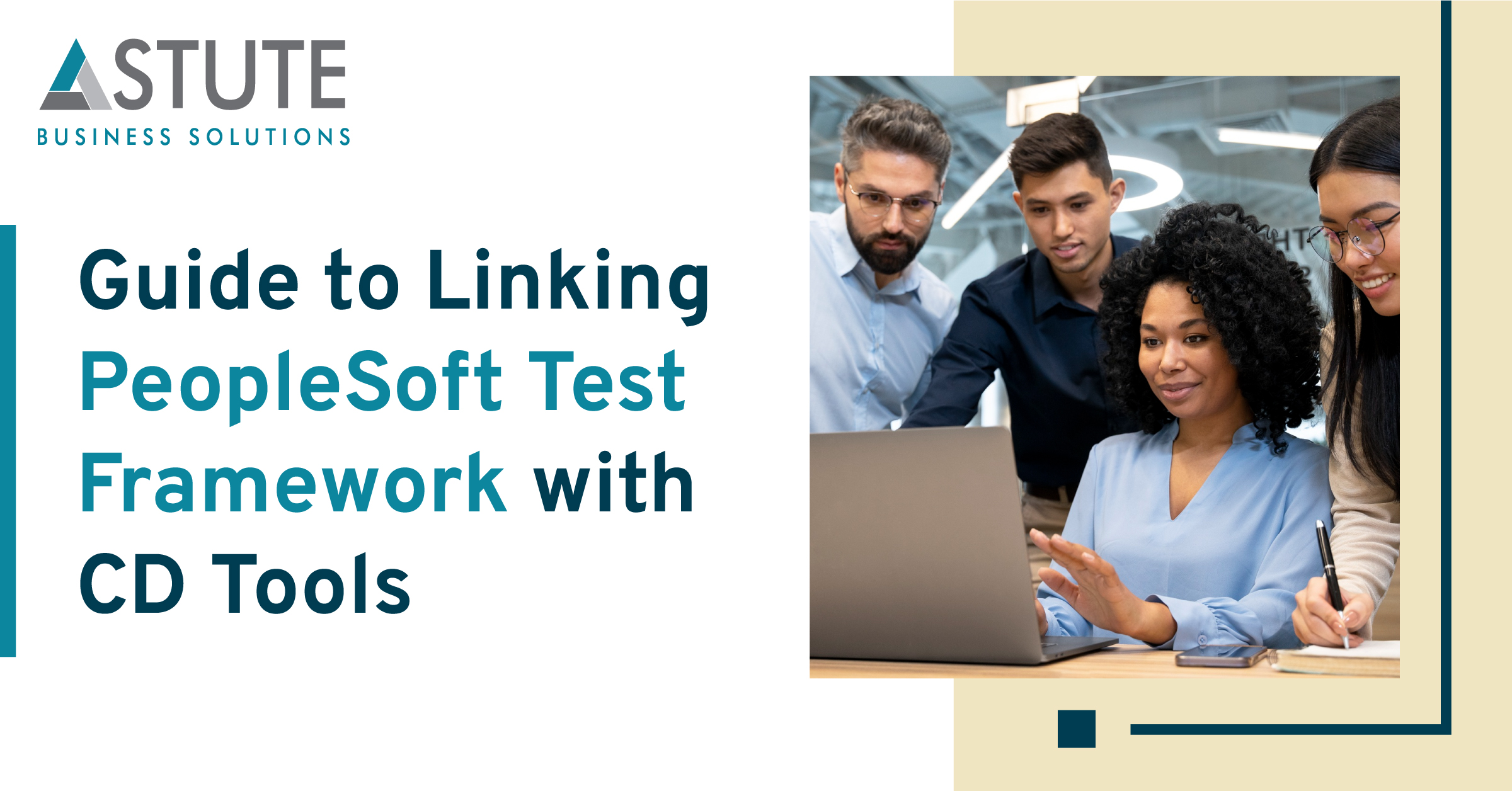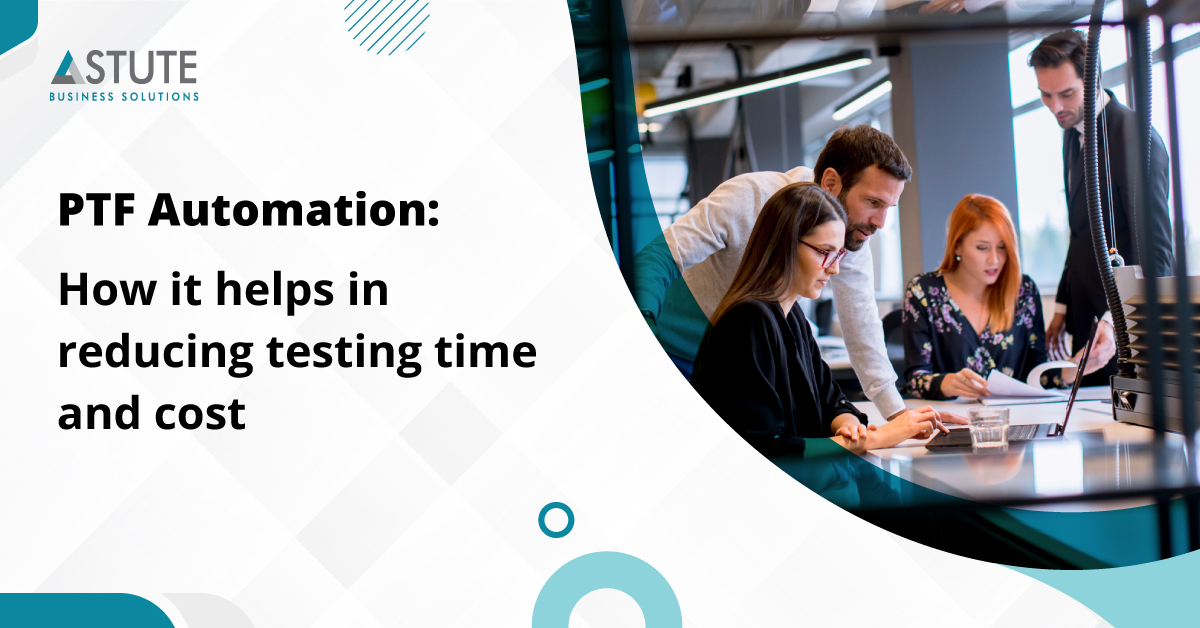
Guide to Linking PeopleSoft Test Framework with CI Tools
Table of Contents
Introduction:
In the ever-evolving landscape of software development, Continuous Integration (CI) has become a crucial practice for ensuring the quality and stability of applications. PeopleSoft, a popular enterprise software suite, can benefit greatly from integrating its testing framework with CI tools. By automating the execution of tests and seamlessly integrating them into the CI process, organizations can streamline their development workflows and improve the overall reliability of their PeopleSoft deployments. In this blog post, we will explore the steps to integrate PeopleSoft Test Framework (PTF) with CI tools, empowering you to take advantage of the benefits of CI in your PeopleSoft development projects.
Understanding PeopleSoft Test Framework (PTF):
Before diving into the integration process, let's briefly touch upon the basics of PeopleSoft Test Framework. PTF is a comprehensive tool designed specifically for PeopleSoft applications to automate functional testing. It enables testers to create and execute test cases, capture test results, and perform regression testing, all within the PeopleSoft environment.
Choosing the Right CI Tool:
The first step in integrating PTF with CI is selecting an appropriate CI tool that aligns with your organization's requirements and preferences. There are several popular CI tools available in the market, such as Jenkins, Bamboo, GitLab CI/CD, and Azure DevOps. Evaluate these tools based on factors like ease of setup, compatibility with PeopleSoft, support for test automation, and integration capabilities.
Setting Up the CI Environment:
Once you have chosen a CI tool, the next step is to set up the CI environment. This typically involves installing and configuring the CI tool on a server or cloud platform. Ensure that the CI environment has the necessary software dependencies and access to the PeopleSoft instance where the tests will be executed.
Configuring PTF for CI Integration:
To enable PTF integration with the CI tool, you need to configure PTF accordingly. This involves creating PTF test cases, test suites, and test definitions, which represent the functional tests you want to execute. Additionally, you may need to define environment-specific configurations, such as database connections and login credentials, within PTF.
Creating CI Pipelines or Jobs:
In the CI tool, create CI pipelines or jobs that will execute the PTF tests as part of the overall CI process. These pipelines define the sequence of steps required to build, deploy, and test your PeopleSoft application. Integrate the PTF execution commands within the pipeline, ensuring that the necessary PTF scripts and configuration files are accessible.
Triggering PTF Tests:
With the CI pipelines or jobs set up, you can trigger the execution of PTF tests automatically whenever there are code changes or as per the defined schedule. The CI tool will pull the latest code from your version control system, build the application, and execute the PTF tests within the PeopleSoft environment.
Analyzing Test Results and Reporting:
One of the advantages of CI integration is the ability to generate detailed test reports and track the overall test coverage. Configure the CI tool to capture and analyze the test results produced by PTF. You can leverage features like test result aggregation, historical trend analysis, and email notifications to keep the team informed about test failures or regressions.
Scaling and Extending the Integration:
As your PeopleSoft application and CI processes evolve, you may need to scale and extend the integration. Consider implementing features like parallel test execution, test data management, and integration with other tools such as defect tracking systems or test management tools. Regularly review and optimize the integration to ensure its efficiency and effectiveness.
Conclusion:
Integrating PeopleSoft Test Framework with Continuous Integration tools brings numerous benefits to your PeopleSoft development projects. By automating the execution of functional tests and seamlessly incorporating them into your CI process, you can improve the quality, stability, and reliability of your PeopleSoft applications. Following the steps outlined in this blog post, you can successfully integrate PTF with your chosen CI tool and empower your development team to deliver high-quality PeopleSoft deployments with confidence.
Astute can help you
Let us enhance your business processes.
References:
Doe, A. (2021). Improving PeopleSoft Testing with Continuous Integration: A Case Study. ABC Consulting. Retrieved from
https://www.example.com/whitepapers/improving-peoplesoft-testing-case-study
Smith, J. (2022, March 15). Integrating PeopleSoft Test Framework with Jenkins: A Step-by-Step Guide. Tech Insights Blog. Retrieved from
https://www.example.com/blog/integrating-peoplesoft-test-framework-with-jenkins

Supriya is Team Leader at Astute for Chatbots and Integration with 13+ years of experience working with clients around the globe.
Search
Tags
Related Posts
Subscribe Our Newsletter
Gain access to exclusive insights, technical know-how and crucial knowledge from Astute experts.
Share Article
See The Team In Action
Upcoming Events
-1.png)
Reach Out
Ready to Connect?
Please fill the following form, we will get back to you within a business day.
Contact Form
Contact Us



